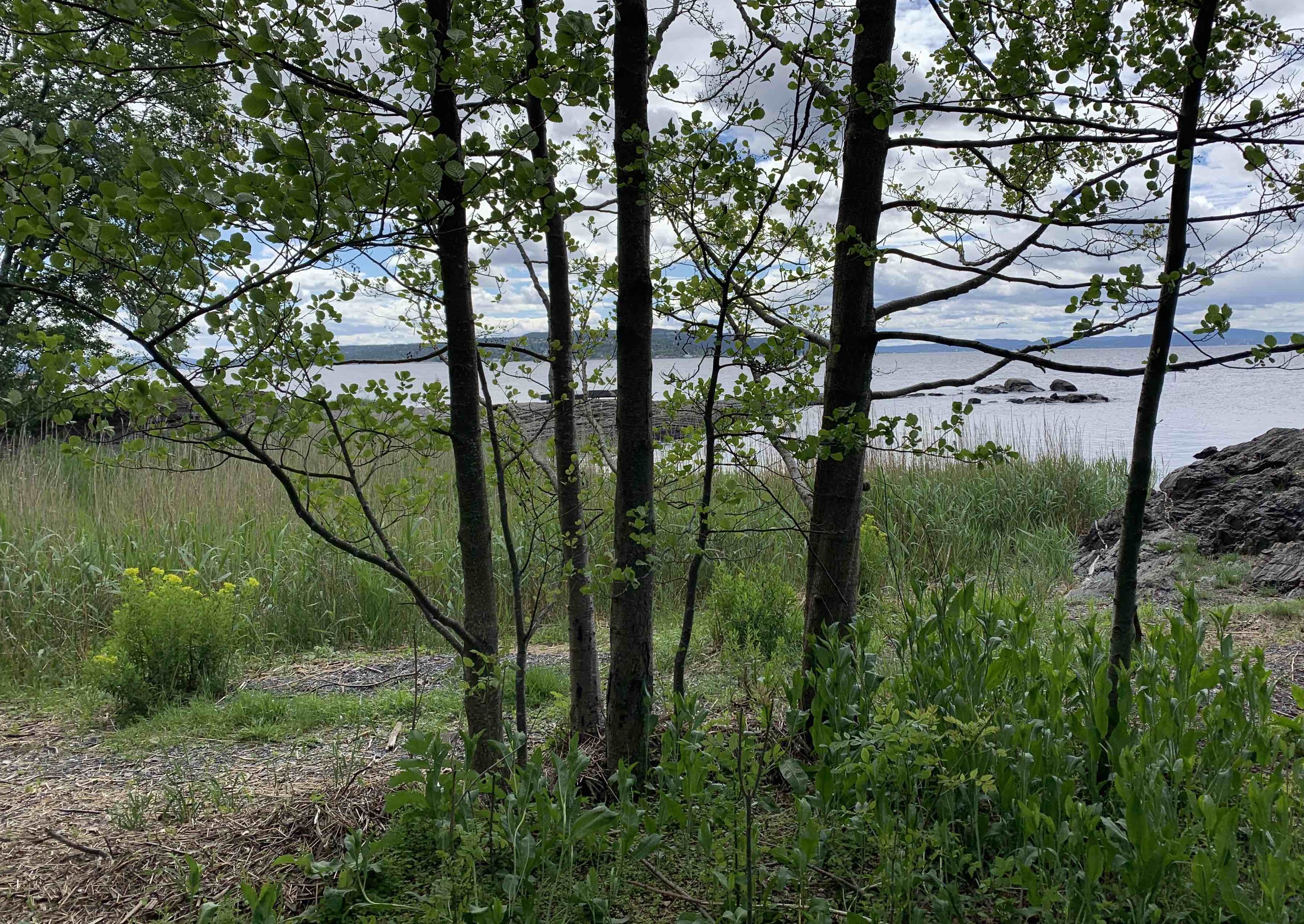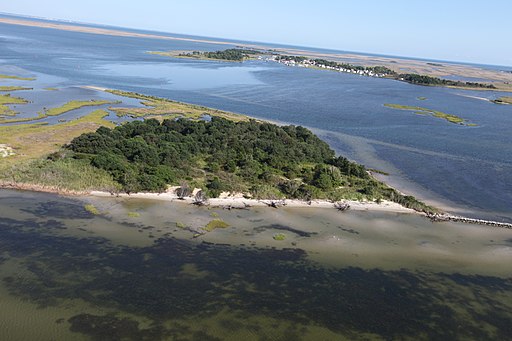
In a 1910 book, “The Plant Life of Maryland”, U.S. scientists were puzzled to find forests of “half-dead” trees on the eastern side of Chesapeake Bay even when marsh plants in the same region were growing “in undiminished abundance and vigor”.
They rightly concluded that a natural, slow subsidence of the land around the eastern side of the bay, south of Washington DC, was slowly killing pine trees as salty sea water crept inland and poisoned their roots. That explained why, at the same time, the salt-tolerant marsh plants were thriving.

Now known as “ghost forests”, swathes of dead and dying trees are getting more common along low-lying coasts of Canada and the United States as sea levels rise – as well as in many other parts of the world, according to a study in the journal Nature Climate Change on Monday.
“Sea-level-driven land submergence is likely to lead to wholesale reorganization of coastal ecosystems and economies within this century,” authors Matthew Kirwan of the Virginia Institute of Marine Science and Keryn Gedan of George Washington University write.
Around Chesapeake Bay – where the 1910 study first documented ghost forests in the United States – large areas of land have become submerged since the 1800s because of natural subsidence of the land.
And that trend is is being aggravated by the quickening rise in global sea levels, stoked by man-made greenhouse gas emissions that are melting ice and raising global temperatures.
Now, “ghost forests … have also been documented throughout the Florida Gulf Coast, the St. Lawrence estuary in Canada, and tidal freshwater forests in South Carolina, Georgia and Louisiana,” they scientists write.
But there’s so far little research into mapping “ghost forests” in other countries – from Mexico to China.
And dying trees are only the most visible signs of a change in vegetation along the coasts that is also forcing farmers to consider more salt-tolerant crops near the shorelines of countries from Bangladesh to Egypt.
Even so, the coastal change is not always bad, the authors say – in some cases marshes or mangroves can support more diverse wildlife, and be more productive for humanity, than the forests they replace.
Still, a one metre rise in sea level this century would convert anywhere from 12,000 to 49,000 square kilometres of dry land in the United States – excluding Alaska and Hawaii – to inter-tidal land, they write.
Even at the bottom of the range, that’s 200 times the size of Manhattan.
